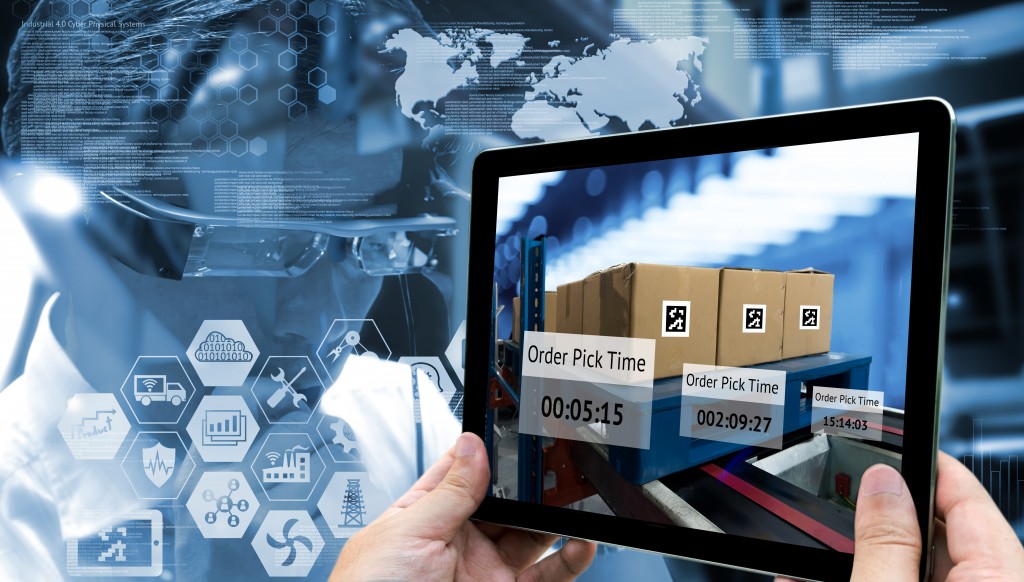Augmented reality is a technology that has been around for some time but is still in its early stages. Defined as the use of technology to overlay information—images, sounds, and text—on the current environment, its existing popular application is in video games like Pokémon Go.
AR also has other applications and is expanding in the manufacturing industry. With this technology, manufacturers can find innovative solutions to scenarios they never imagined or thought possible.
Here are some ways augmented reality has changed manufacturing:
Augmented reality speeds up the design and prototyping process
Whether the organization is manufacturing personalized machines or bulk of poly bubble mailers, the use of AR reduces the time needed for design and prototyping.
Back-and-forth communications and revisions in design and prototyping eventually lead to delays in manufacturing. Using augmented reality, company executives can watch designers design the product in real time. The executives can over direction and insights during the design stage, eliminating the back-and-forth that usually occurs.
Augmented reality speeds up the manufacturing and maintenance process
Using AR, manufacturers can superimpose information, instructions, and statistics on a piece of equipment.
For example, when a worker looks at equipment through an AR headset, they can examine the physical parts of a machine while viewing relevant images and instructions to fix the problem.
That removes the need to consult instruction manuals and charts, accelerating the manufacturing and maintenance process. The projected information also guides the worker throughout the process so that even an inexperienced worker can perform the task. Digitally simulating the process also reduces on-site safety issues.
Augmented reality makes employee movement more seamless
Employees involved in logistics usually have to multitask to manage orders and regular warehouse duties. When an order comes in, they have to check the details, find the product, scan and report the data, deliver the item to the loading dock, and sign off the order.
With augmented reality, warehouse workers can move around the site and find the items they need more quickly. With the AR system, they can scan the warehouse that tells them the exact location of goods and products. They would then collect the product and bring it to the proper area. That reduces the time spent looking for the item.
Augmented reality offers expert support

AR can provide expert support without the need to bring specialists from one location to another. Any worker equipped with AR glasses can work on a piece of equipment while a specialist remotely provides them with instructions, either through voice instructions or by simulating the actions.
Augmented reality offers image comparison
In many cases, the design and the final output of the product will be different from each other. Any differences in the final product would lead manufacturers to produce the item again.
Augmented reality reduces these instances with image comparison. Photos of assemblies or parts of a product under inspection are overlapped with design images through an AR overlay. The technology highlights any differences, allowing operators to detect and resolve issues quickly.
Augmented reality has been around for some time and is usually applied in games. However, its development gives the manufacturing industry various ways to solve problems and save costs and time.

